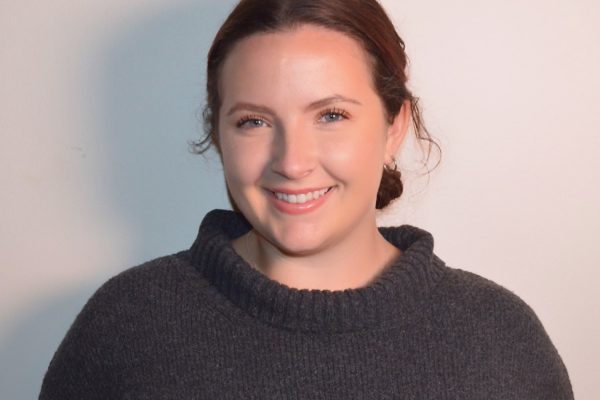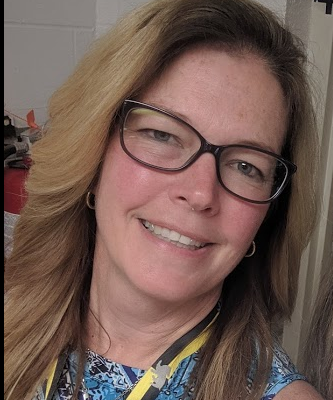by Rashmi Primrikar
Reposted with permission of author from original post 9/14/18 www.iste.org
 The notion that computer science education is essential for all is picking up steam in the United States; however, we still are a long way from making it accessible and equitable for all. The reality is that so far only five states across the U.S. require all K-12 students access to computer science education and only 12 states have made a policy pledge to offer computer science courses in high schools.
The notion that computer science education is essential for all is picking up steam in the United States; however, we still are a long way from making it accessible and equitable for all. The reality is that so far only five states across the U.S. require all K-12 students access to computer science education and only 12 states have made a policy pledge to offer computer science courses in high schools.
This leads us to the essential question: How can we help promote equal and fair access to education of computer science concepts and integration of computational thinking practices across core content areas for all students?
The ISTE Standards for Students advocate for empowering student voice, while ensuring that learning is a student-driven process. I would like to quote two specific ISTE Standards for Students to set some context for our discussion:
- Innovative Designer:Students use a variety of technologies within a design process to identify and solve problems by creating new, useful or imaginative solutions.
- Computational Thinker:Students develop and employ strategies for understanding and solving problems in ways that leverage the power of technological methods to develop and test solutions.
Physical computing provides educators with the unique opportunity to address these two standards. It is an accessible teaching tool that supports all learners in exploring computational thinking practices and computer science concepts across multiple disciplines in creative ways, using constructionist approaches. Physical computing is specifically intriguing as a educational tool because of its concrete connection between the “real” physical world and the virtual one, especially as students and educators build in-depth understanding and more authentic connections between different curricula, disciplines, knowledge and practice.
In a broader context, to address the “accessibility for all” gap, make the CSforALL accessibility pledge and help rally the national community of CS education content creators, program providers, educational institutions, researchers and investors take immediate steps to achieve accessibility for existing efforts, and ensure that future efforts address accessibility within the design phase.
Interested in learning more? Watch the recording of my ISTE Expert Webinar “Physical Computing for ALL with Scratch 3.0, Micro Bits, Makey Makey and Circuit Playground.” You’ll get:
- An overview of physical computing creation tools and software, such as Micro Bit, Makey Makey and Circuit Playground in Scratch 3.0, Makecode and other environments.
- Resources, strategies and examples of student learning artifacts across different disciplines.
- Ideas for using the ISTE Computer Science Standards for Educators, CSTA K-12 Computer Science Standards and CSforALL accessibility pledge as a blueprint for moving toward creative computational equity for All students.
Rashmi Pimprikar is a learning experiences designer, engineer and educator. She serves as CS+STEAM program director at Lesley University STEAM Learning Lab, Graduate School of Education. She also directs programs at C-STEAMFutures, a non-profit program. She is honored to serve on the leadership team of ISTE Computer Science Network, MassCUE Professional Learning Network, CSTA & C-STEAM Futures.
 Print this post
Print this post



